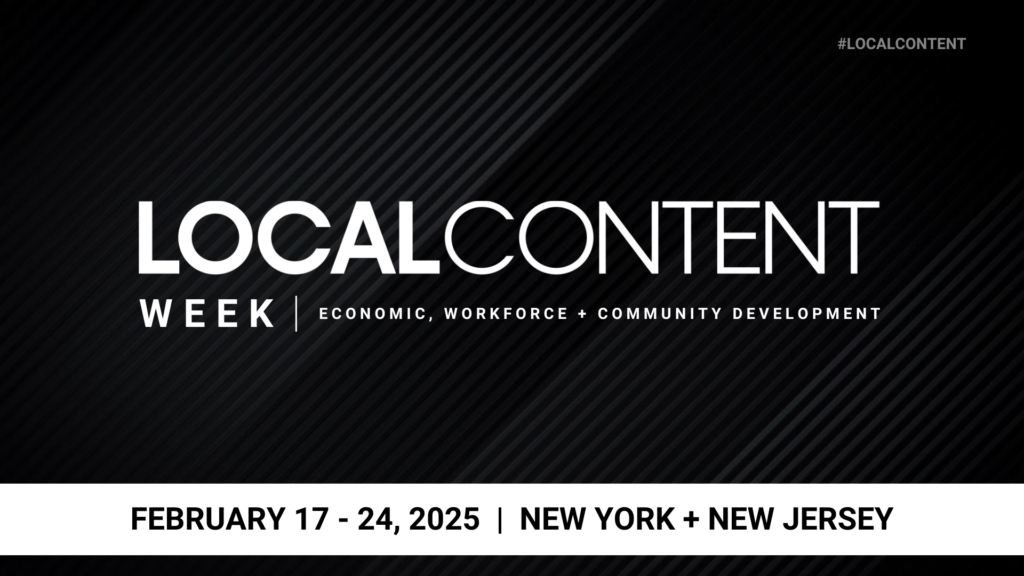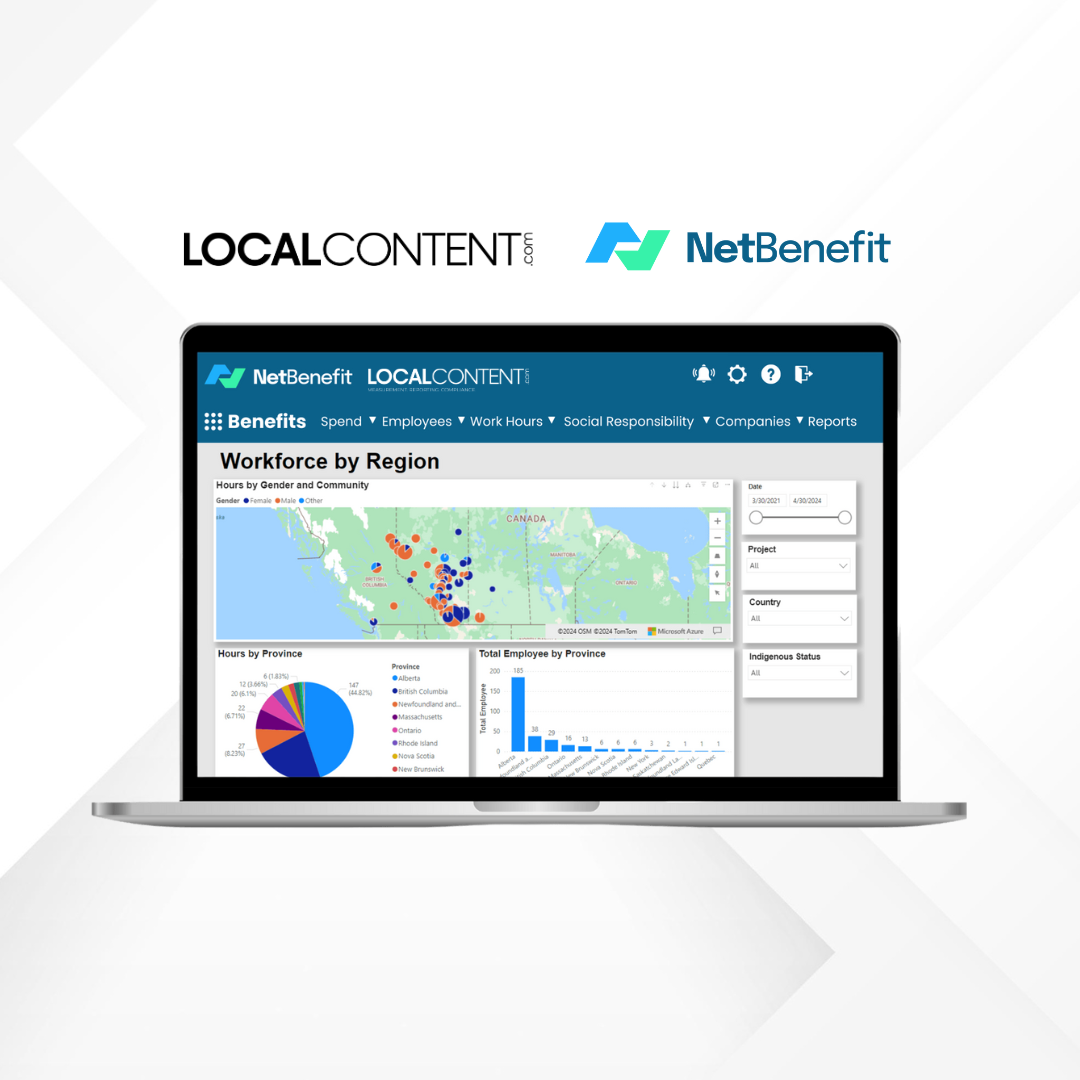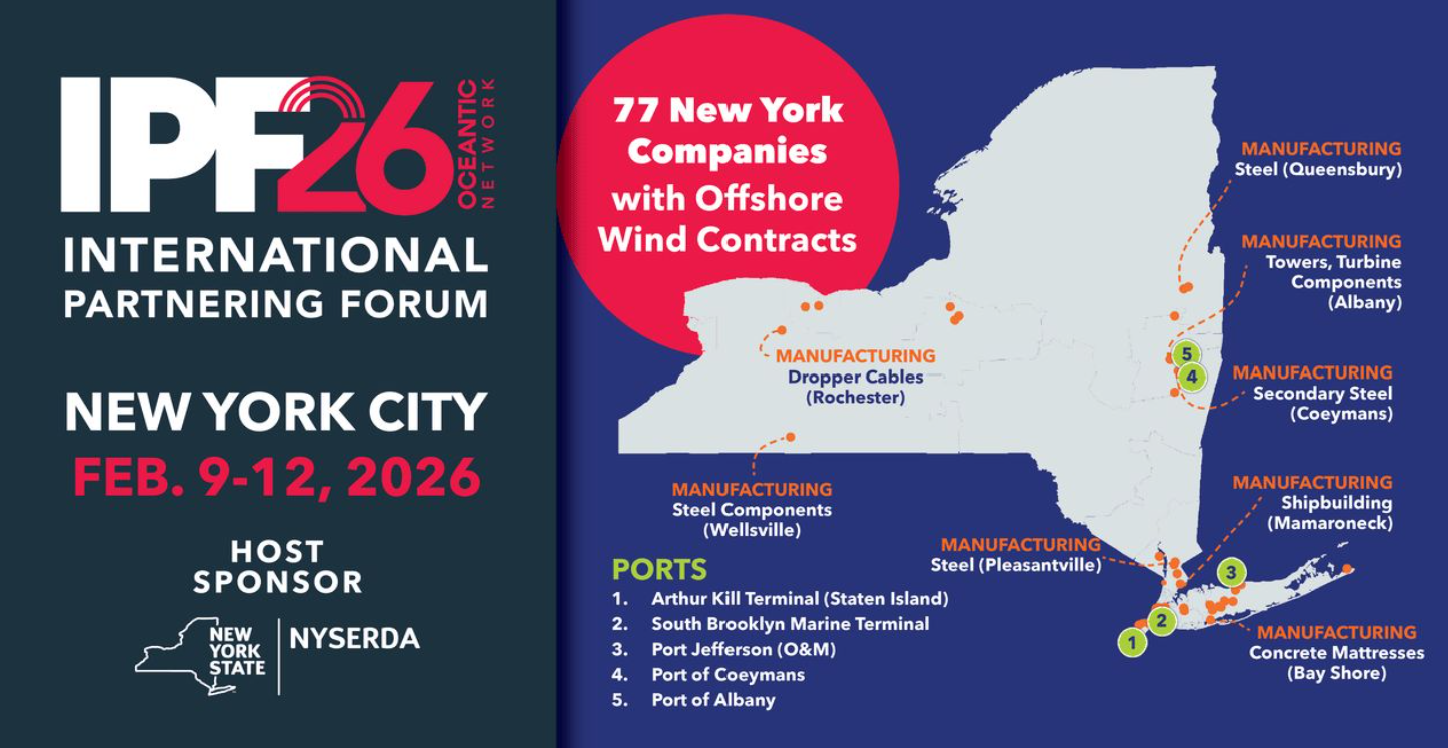Local content policies are rapidly emerging as a driving force in the sports and entertainment industries, offering significant opportunities for small businesses, nonprofits, and local residents. These policies prioritize local business involvement, job creation, and community benefit investments, transforming large-scale projects into powerful engines for economic growth and social responsibility. As developers build state-of-the-art venues, they’re not just constructing arenas; they’re fostering local economies, creating jobs, and improving the quality of life for residents. Local content policies unlock public support, funding, tax incentives, and competitive advantages for developers, and their positive ripple effect reaches far beyond sports fans to the communities that support these developments. Let’s explore three high-profile examples that illustrate the profound economic impact of local content policies in the sports and entertainment industries.
I.SoFi Stadium – Inglewood, CA
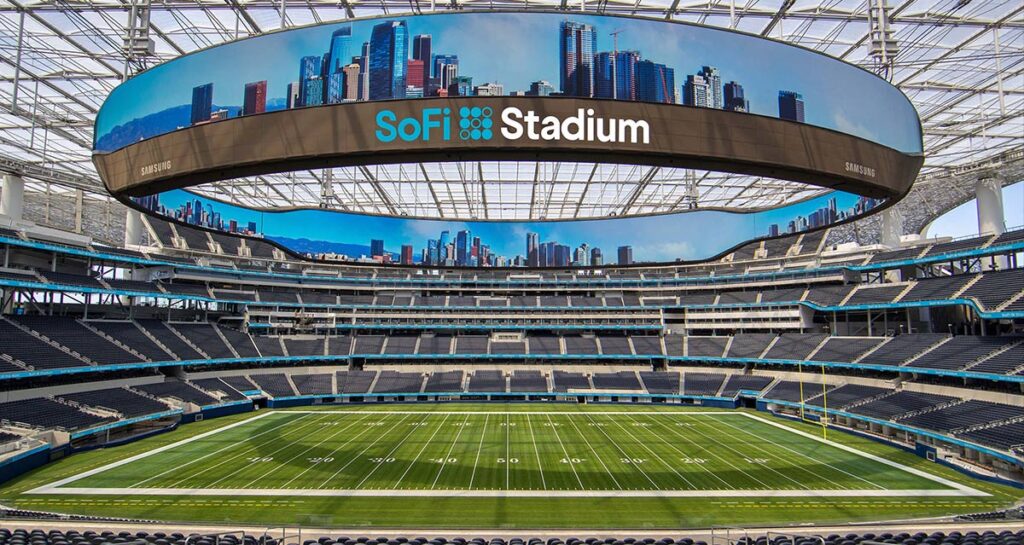
SoFi Stadium, the new home of the NFL’s Los Angeles Rams and Chargers, stands as a prime example of how local content policies can produce substantial economic benefits. The construction of the stadium created more than 13,000 jobs, with nearly 30% of the workforce hailing from Inglewood and nearby communities. This local hiring initiative directly generated over $100 million in wages for the surrounding area. In addition to job creation, the project provided workforce training programs to local residents, preparing them for long-term employment in the construction and operations phases of the stadium. Over 150 small businesses were incorporated into the stadium’s supply chain, including 120 minority- and women-owned firms, further diversifying the economic benefits. These efforts helped ensure broad community support, and the stadium’s successful completion has positioned it to host the 2028 Summer Olympics, driving long-term economic growth in Inglewood and boosting the region’s profile as a global sports destination.
II. Golden 1 Center – Sacramento, CA
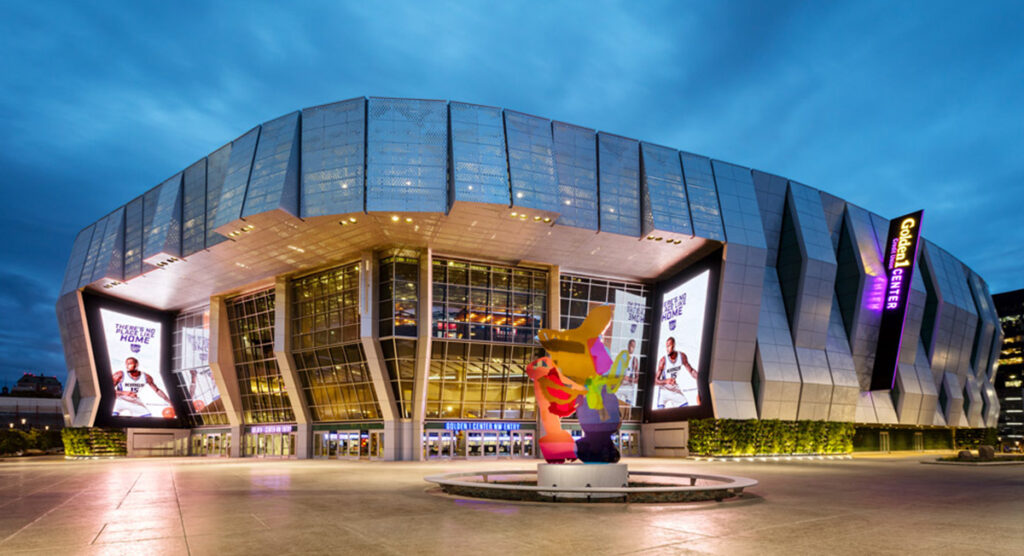
Sacramento’s Golden 1 Center, home to the NBA’s Sacramento Kings, is another example of how local content policies can spur economic development while promoting environmental sustainability. During the arena’s construction, over 50% of the labor force came from Sacramento, and more than 80% of the building materials used in the project were sourced from within a 500-mile radius, significantly benefiting local suppliers and minimizing the environmental impact. The arena also partnered with more than 100 local businesses, generating jobs and driving revenue within the Sacramento community. Through job training initiatives, workers gained valuable skills, many of which translated into long-term employment at the arena. The Golden 1 Center also contributed to the local economy by featuring regional produce and products in its concessions, showcasing local agriculture and providing a unique experience for visitors. In total, the arena’s development generated more than $1 billion in economic impact for the Sacramento area, with significant portions of that impact directly benefiting local residents and businesses.
III. Mercedes-Benz Stadium – Atlanta, GA
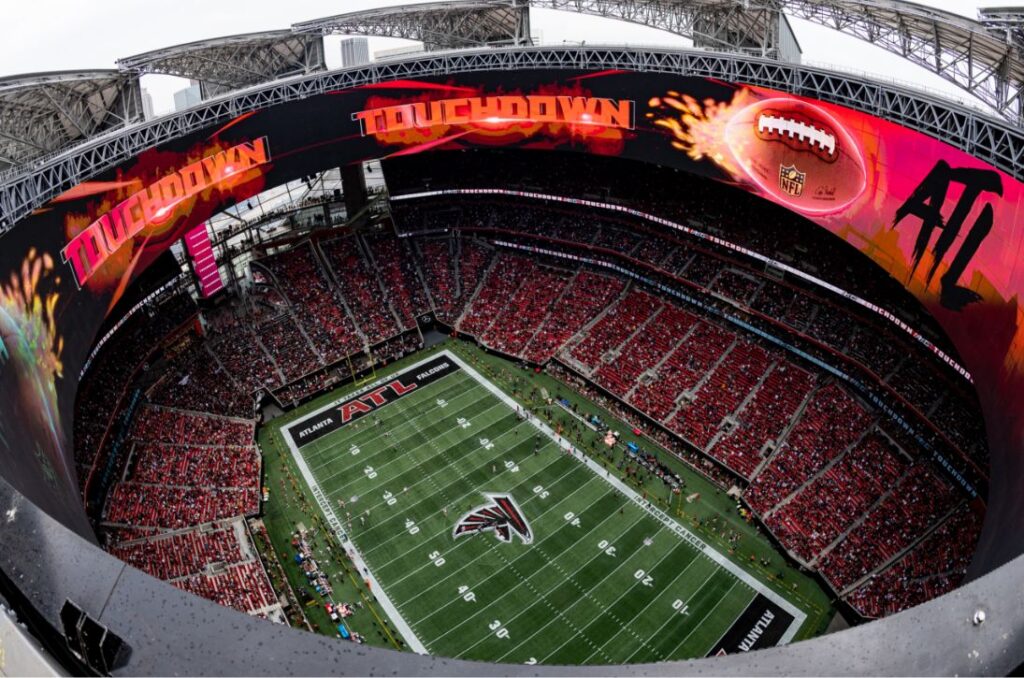
Mercedes-Benz Stadium, home to the NFL’s Atlanta Falcons and MLS’s Atlanta United, represents a bold example of how local content policies can generate broad economic opportunities. During its construction, more than 4,500 local residents were employed, creating jobs and fostering workforce development in underserved communities. The project’s commitment to local content extended to substantial contracts awarded to small and minority-owned businesses, ensuring that the economic benefits of the stadium were widely distributed throughout Atlanta. The stadium’s community benefits agreement played a crucial role, mandating workforce training programs and prioritizing hires from neighborhoods with historically high unemployment rates. As a result, over 1,000 individuals from these underserved communities were given long-term employment opportunities at the stadium. In addition to job creation, the project contributed to significant investments in public infrastructure, such as upgrades to public transit systems and the development of nearby green spaces, ensuring that the benefits of the stadium extended far beyond the facility itself. The stadium’s impact on the local economy is estimated at $2.5 billion, and the long-term employment opportunities have provided significant economic stability to many local families.
More Information: Local Content Week and Sponsorship and Partnership Opportunities.
